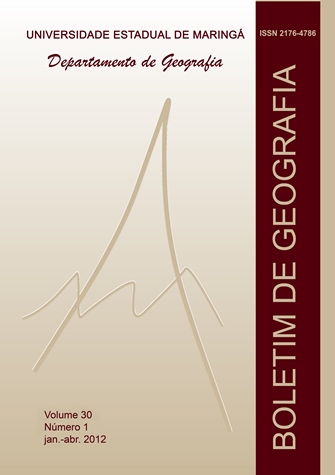Environmental studies for cemeteries: indicadors, influence areas and environmental impacts
Keywords:
Cemeteries, Contamination, Groundwater, Necrochorume, Soil
Abstract
Since the seventeenth century, cemeteries have caused worldwide concerns regarding soil and groundwater contamination by rain water circulation. In Brazil, there is no specific legislation for cemetery establishment. Projects of such ventures are controlled by CONAMA Resolutions nos. 335/2003 and 338/2006, which regulate the procedures for implementation and operation of cemeteries in the country, in order to reduce the risk of problems and environmental contamination. However, for a project with a contamination potential not to cause physical and social problems to the environment, it is essential that the team responsible for project implementation and monitoring no only be aware of and observe these laws, but also meet the liabilities, causes and effects of the contaminant. Based on the standards of CONAMA and a literature review on contaminants and other cemetery-related problems, this study highlights the indicators and procedures to support the preparation of the EIA/RIMA (Environmental Impact Study/Environmental Impact Report) for this type of enterprise. The steps highlighted in this paper concern the definition of influence areas, methods of assessing environmental impacts and key indicators for cemeteries.Downloads
Download data is not yet available.
Published
2012-06-21
How to Cite
LELI, I. T.; ZAPAROLI, F. C. M.; SANTOS, V. C. DOS; OLIVEIRA, M.; REIS, F. A. G. V. Environmental studies for cemeteries: indicadors, influence areas and environmental impacts. Boletim de Geografia, v. 30, n. 1, p. 45-54, 21 Jun. 2012.
Issue
Section
Artigos científicos
O Boletim de Geografia está licenciado através da Creative Commons Atribuição 4.0 Internacional (CC BY 4.0).
Autores que realizam submissões ao Boletim de Geografia concordam com os sequintes termos:
- Autores retêm todos os direitos autorais e concedem à Revista direitos exclusivos da primeira publicação, com o artigo licenciado sob os termos da Creative Commons Atribuição 4.0 Internacional (CC BY 4.0).
- Após a publicação, fica permitido ao autor a republicação em qualquer outros meios de divulgação, desde que mencionada a fonte original.












